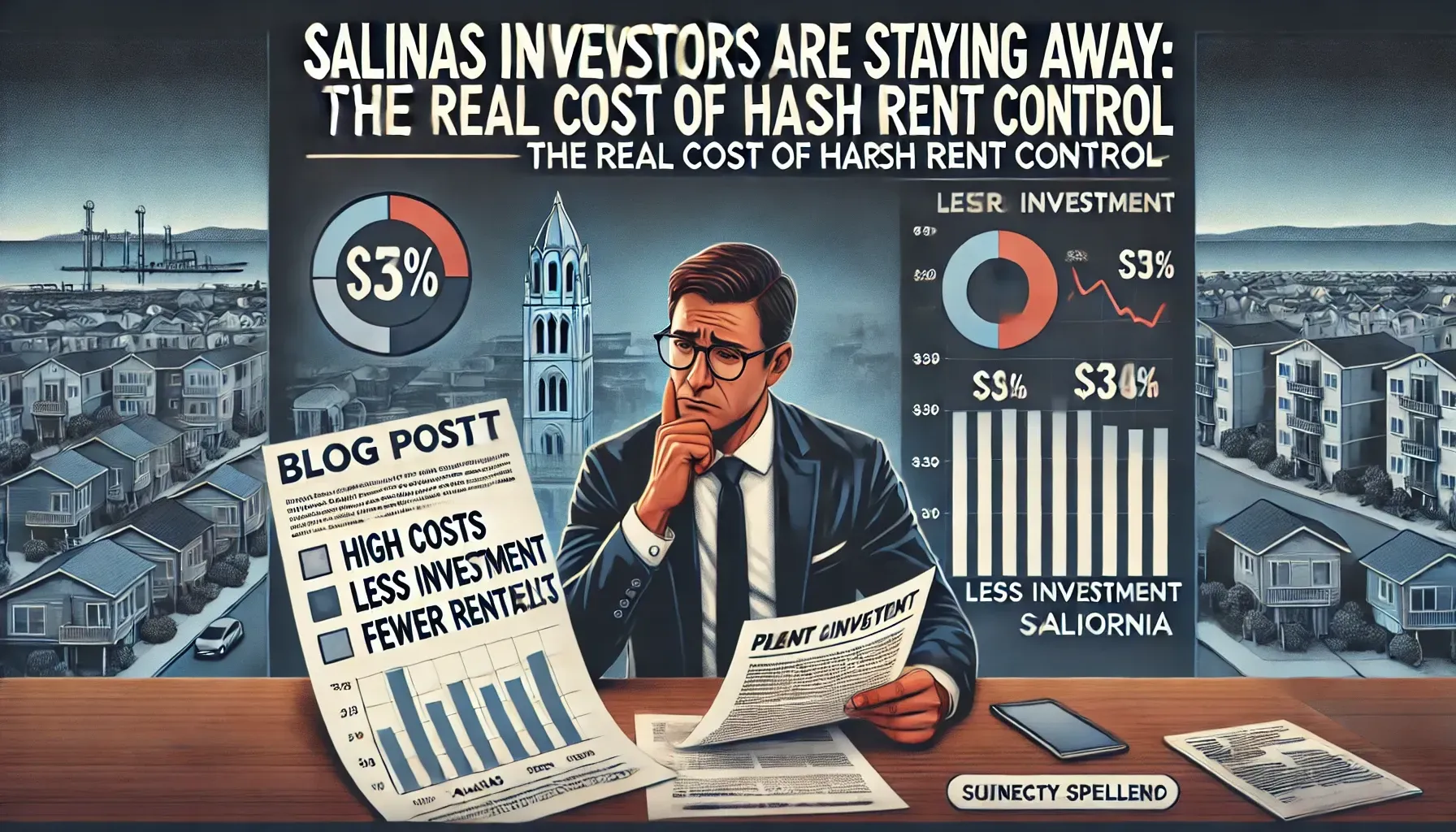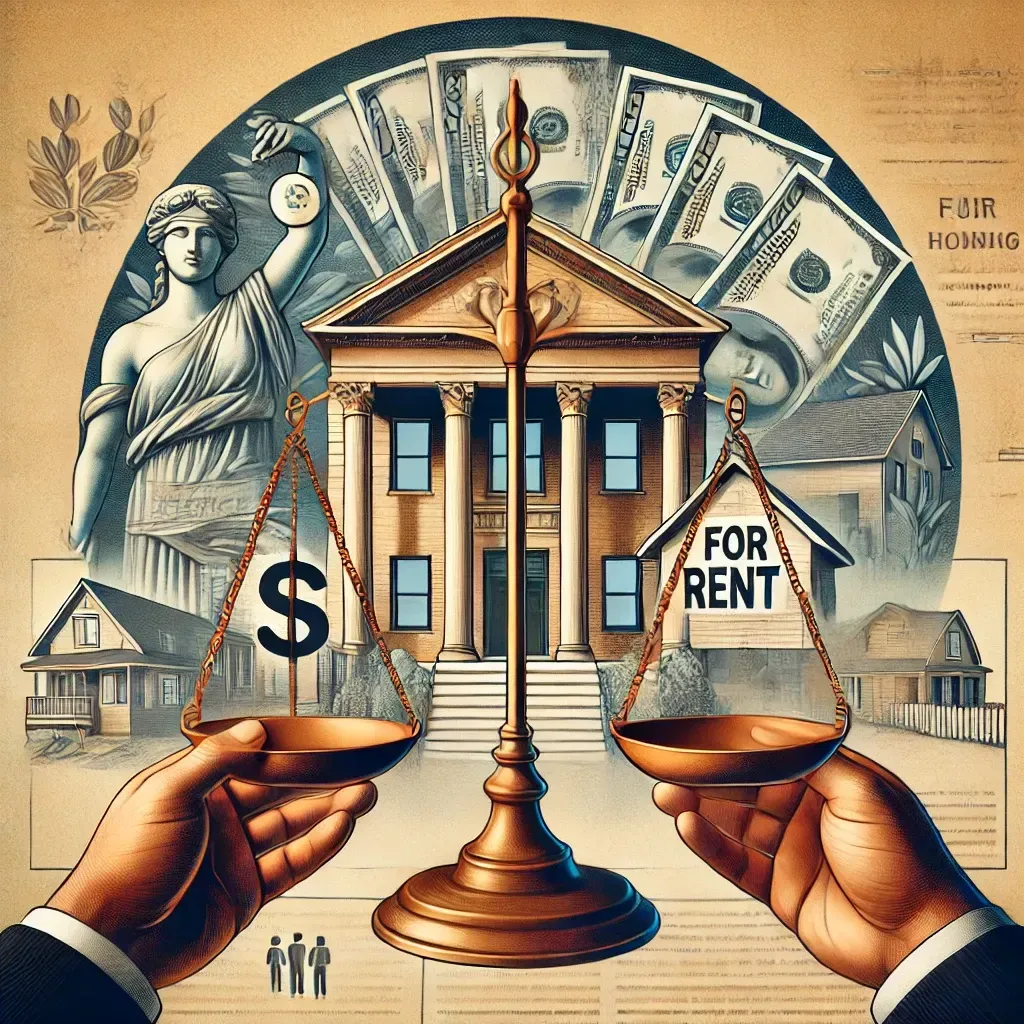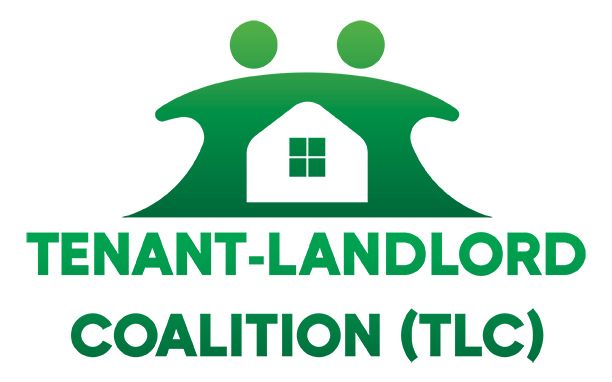Why Aren’t These Solutions the Focus?
Why Aren’t These Solutions the Focus?
Real Solutions to High Rent: Why Aren’t Cities and States Focusing on Lasting Affordability?
As rents continue to rise, more families are finding it harder to secure affordable housing. While cities and states have often implemented stopgap measures like rent control, these actions only address the symptoms of high housing costs rather than the underlying issues. A recent article from the Tenant-Landlord Coalition highlights how such policies fall short and suggests alternative solutions that could provide long-term affordability. But why aren’t these concrete, proactive solutions at the center of housing policy?
For too long, housing policies have leaned heavily on temporary fixes. But without addressing core challenges—like inadequate housing supply, restrictive development policies, and insufficient tenant support—rent control and similar measures offer only temporary relief. This approach places the burden on private landlords and tenants, rather than establishing a supportive framework that benefits everyone in the housing ecosystem. Below are five solutions that, if prioritized by city and state governments, could pave the way toward sustainable, affordable housing.
1. Increase Housing Supply with Development Incentives
Expanding housing supply is essential to balancing demand and bringing down costs. Cities and states can encourage affordable and mixed-income housing by offering tax incentives, reducing permit wait times, and easing zoning restrictions. When supply grows, competition relaxes, allowing rents to stabilize.
2. Provide Tenant-Based Subsidies
Rather than solely controlling rent prices, tenant subsidies such as housing vouchers or rent credits can help tenants afford market-rate housing while still keeping rental properties viable for landlords. These subsidies ease the cost burden without deterring property owners from maintaining or improving rental properties.
3. Encourage Affordable Housing Through Public-Private Partnerships
Collaborating with private companies to fund and build affordable housing offers significant potential. By providing long-term tax benefits, grants, or public land to private developers, cities can create high-quality, affordable housing while benefiting from private-sector efficiency and capital.
4. Promote Accessory Dwelling Unit (ADU) Development
ADUs, or “granny flats,” add extra housing options on existing residential lots, making them a flexible and cost-effective way to boost supply. Cities can streamline approval processes for ADUs and provide financial incentives, allowing more homeowners to contribute to solving the housing crisis.
5. Establish Rent-to-Own Programs
Rent-to-own programs offer a path to homeownership, allowing renters to build equity over time. With government backing, these programs can help stabilize housing costs for participants and reduce rental market demand as tenants transition to homeowners.
A Constitutional Argument: Why Targeting the Few to Solve a Broad Problem is Wrong
Beyond practicality, placing the responsibility on a small segment of the population to solve a nationwide housing problem raises a critical constitutional concern. Our rights as citizens are grounded in the belief that the government should not unduly burden a few individuals or groups to address societal issues that impact the entire community. By disproportionately impacting private landlords with policies like rent control, the government is, in effect, asking them to sacrifice their rights and resources for the common good—a situation that contradicts the fundamental principles of fairness and individual liberty embedded in our Constitution.
The Constitution emphasizes equal treatment under the law. When policies shift the weight of the housing crisis onto landlords, they do more than ask them to contribute—they strip them of the rights and incentives that encourage responsible property management and fair competition. Such an approach ignores the collective responsibility we all share in creating affordable housing solutions and risks alienating private property owners who play a critical role in providing rental housing.
Why Aren’t These Solutions the Focus?
Each of these approaches requires coordination, investment, and long-term planning. They may not provide immediate, visible relief like rent control, but they have the potential to create sustainable affordability. Housing is a fundamental need that should be met with well-thought-out policies that support renters, landlords, and communities alike. Expecting landlords and tenants to manage a systemic issue alone is unrealistic and unfair. Instead, governments should embrace these solutions, which offer a fair and effective framework for everyone involved.
The Tenant-Landlord Coalition rightly points out that effective solutions for high rents exist—they just need to be prioritized. It’s time for city and state governments to adopt policies that create lasting affordability and honor the principles of fairness, equal treatment, and individual rights central to our democracy. For those interested in exploring these ideas further, check out the full article at [TLC Monterey](https://www.tlc-monterey.org/why-aren-t-cities-and-states-focused-on-real-solutions-to-high-rent).











